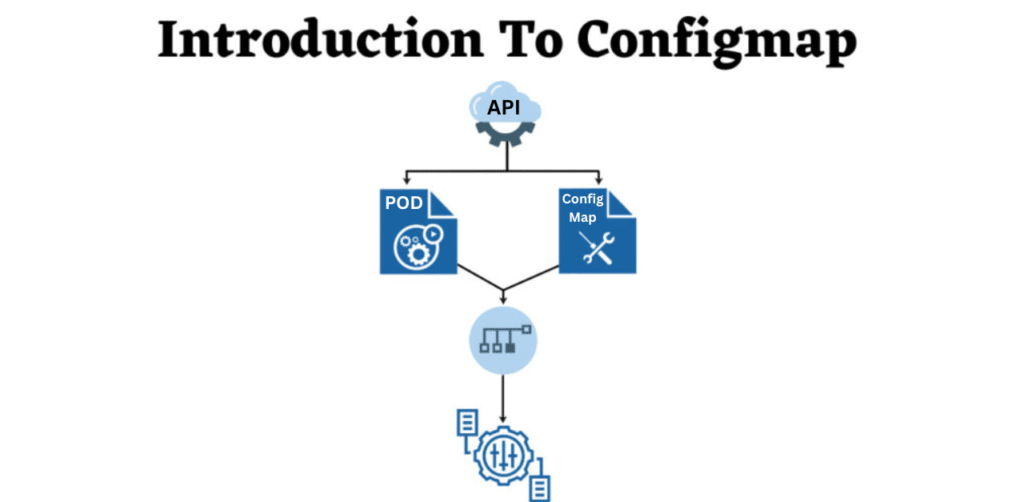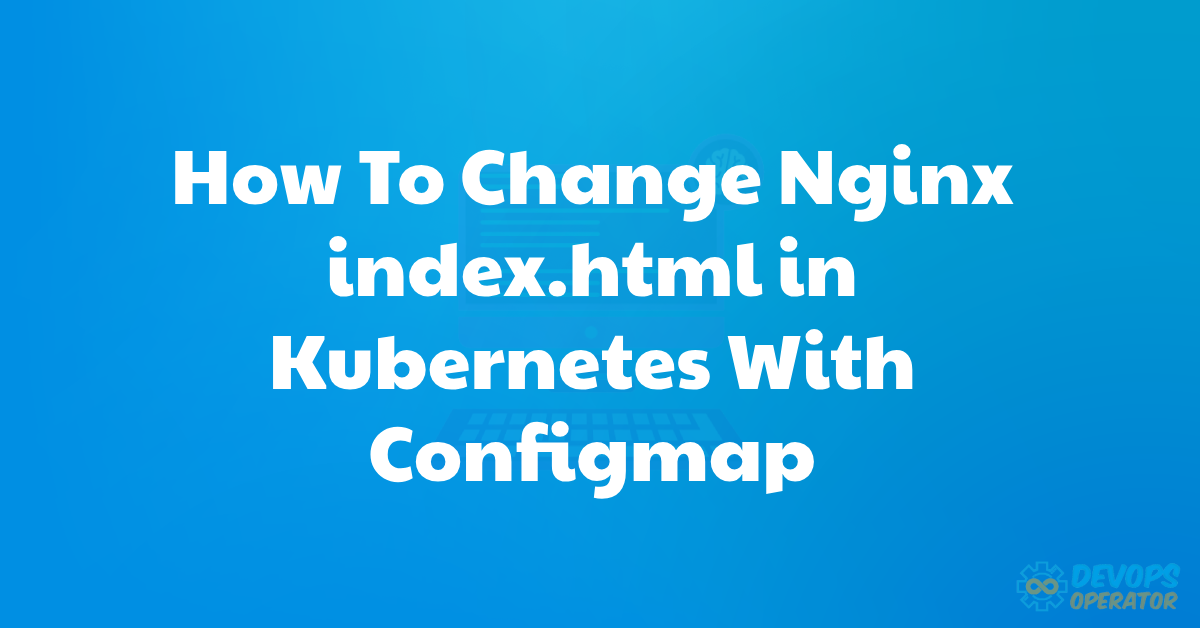If you want to know about the Change Nginx index.html in Kubernetes With Configmap, then you have landed on the right page.
In this article, you will learn more about the pivotal role of NGINX, Deployment, Service, and ConfigMaps in orchestrating and optimizing the deployment and management of applications in dynamic computing environments.
Are you excited to dive deeper into NGINX and Kubernetes configuration? Don’t forget to check out how the Linux Foundation CKA Coupon Code can support you as you journey towards mastering Kubernetes administration.
Let’s learn more about NGINX in more detail:
What is Nginx?
NGINX serves as my preferred software for managing internet-related tasks. I employ it to host websites, functioning similarly to a server delivering content, specifically web pages.

It also serves a dual role as a reverse proxy, facilitating the systematic handling of requests to ensure operational efficiency.
Beyond its fundamental role in website hosting, NGINX excels as a versatile tool. It is instrumental in caching, functioning comparably to quick-access memory, thereby enhancing operational speed.
When it comes to intense user traffic, NGINX naturally balances the load, ensuring equal distribution of resources to maintain optimal performance.
NGINX extends its uses in media streaming by serving as a reliable facilitator for uninterrupted playback of videos and music.
If you’re setting up NGINX for secure connections, mastering the creation and deployment of OpenSSL self signed certificates is essential.
You can consider its role as a dedicated guardian that ensures seamless content delivery. NGINX operates as a stalwart in the internet domain, characterized by its exceptional speed and reliability.
For those learning about making websites and looking for the top websites to learn coding, NGINX is really important. It helps you understand how servers work and how to make them run better.
Initially, it was seen as a Kubernetes nginx web server, but now it has evolved to encompass a myriad of functionalities, establishing itself as an important asset for maintaining operational efficiency in the online environment.
Suggested discount coupons:
What is Deployment and Service in Kubernetes?
In my Kubernetes setup, I have two main components: Deployment and Service. Deployment is like the manager of my group of identical worker pods.
It ensures that the right number of pods is always available and ready to handle tasks.

If one pod takes a break, Deployment brings in a replacement to keep the work going smoothly. On the other hand, Service is like the facilitator for network access.
When I have a set of pods doing specific jobs, Service ensures that other parts of the network can reach and interact with these pods. It acts like a bridge, connecting my pods to the broader network.
I can use Deployment without Service. It is like having a team working in the background without actively inviting others to join.
The pods are doing their tasks, but Service is not helping others connect to them. It is a bit like having a closed-door operation.
However, when I want to open up and allow external interaction, that is when Service comes into play. Studying the Kubernetes best tutorial helps me grasp how Service works and helps me connect to the outside world.
Deployment manages my pods, making sure they are always available. Service takes care of connecting these pods to the wider network, enabling external access when needed.
When you’re managing a cluster, it’s important to know how everything fits together. Installing tools like CRI-O to handle containers is a big part of this. Finding packages like locate package cri-o is one step in making sure your Kubernetes setup works smoothly and securely.
Together, they play vital roles in managing and facilitating my applications in the Kubernetes environment.
What is Configmap?
ConfigMaps plays a pivotal role in my orchestration strategy. They serve as a mechanism that enables me to seamlessly inject essential configuration data into the pods of my applications.

This not only enhances the flexibility of my setup but also promotes portability by decoupling configuration artifacts from the content of the application image.
The ability of ConfigMaps to keep my configuration details separate from the core content of the application image.
This separation ensures that the configuration, which may vary across different environments or scenarios, can be easily managed without altering the underlying application itself.
“It’s like having a dedicated toolkit for adjusting settings without playing with the essence of the application, even after converting helm to kubernetes yaml.
ConfigMap resource helps me when I’m dealing with diverse environments or need to make small adjustments in the configurations without diving into the complex details of the application code.
They also help me to fix my applications to specific requirements, fostering adaptability and simplifying the management of configuration details in my Kubernetes ecosystem.
Meanwhile, if you have already started learning Kubernetes then you must understand how to check Kubernetes Cluster health status.
How To Change Nginx index.html in Kubernetes With Configmap?
If I have to examine the given configuration map, then I will have to create an Nginx configuration file named index.html under the data section featuring customized HTML content.
To preserve this configuration, I would save the XML document with the filename nginx-index-file.
This filename reflects the association of the configuration map with the specific HTML content it encapsulates.
- We’re making a storage volume called “nginx-config” and connecting it to a setup called configmap.
- In that volumeMounts, we’re putting a special file called nginx-config from the configmap into the folder /etc/nginx/conf.d/. This replaces the default index.html file file that Nginx uses.
apiVersion: apps/v1
kind: Deployment
metadata:
name: nginx-deployment
spec:
replicas: 1
selector:
matchLabels:
app: nginx
template:
metadata:
labels:
app: nginx
spec:
containers:
- name: nginx
image: nginx:latest
ports:
- containerPort: 80
volumeMounts:
- name: nginx-index-file
mountPath: /usr/share/nginx/html
volumes:
- name: nginx-index-file
configMap:
name: nginx-index-config
You can create the config map using the following Kubectl nginx commands:
kubectl apply -f index-html-configmap.yamlConclusion: Changing Nginx index.html in Kubernetes With Configmap
Hopefully, this blog on Change Nginx index.html in Kubernetes With Configmap has helped you get to know everything that you need to.
It highlights the versatility of NGINX in internet-related tasks, emphasizing its evolution into a multifunctional tool.
I also discussed the Kubernetes components, Deployment, and Service as crucial elements for managing applications.
Moreover, topics like ConfigMaps, instrumental in injecting configuration data into application pods, and promoting flexibility and portability are also discussed.
Suggested read:

